India may have recorded its hottest temperatures ever as Delhi faces extreme heatwave
An outlier temperature reading of 52.9 degrees Celsius was recorded in outskirts of Delhi as hospital reports heatstroke death
Your support helps us to tell the story
From reproductive rights to climate change to Big Tech, The Independent is on the ground when the story is developing. Whether it's investigating the financials of Elon Musk's pro-Trump PAC or producing our latest documentary, 'The A Word', which shines a light on the American women fighting for reproductive rights, we know how important it is to parse out the facts from the messaging.
At such a critical moment in US history, we need reporters on the ground. Your donation allows us to keep sending journalists to speak to both sides of the story.
The Independent is trusted by Americans across the entire political spectrum. And unlike many other quality news outlets, we choose not to lock Americans out of our reporting and analysis with paywalls. We believe quality journalism should be available to everyone, paid for by those who can afford it.
Your support makes all the difference.India is facing one of the most intense heatwaves ever, with temperatures in Delhi being highest ever for the city, and on the verge of breaking the national records.
A temperature of 52.9 degrees Celsius was recorded in the Mungeshpur region on the outskirts of the national capital on Wednesday, causing alarm all over the country.
India’s meteorological department said this reading is still being evaluated and and could be due to a sensor issue, but if confirmed, this will be the highest-ever temperature recorded in the country.
M Mohapatra, director general of IMD said that of the 20 monitoring stations in Delhi, 14 recorded a drop in temperature on Wednesday, but the average across the city was in the 45C to 50C range.
Daytime temperatures had already been soaring to nearly 50C in Delhi and other parts of north India this week as India continued to grapple with an extreme heatwave that has also affected turnout in the ongoing national election.
On Tuesday, the city’s main weather station at Safdarjung recorded a temperature of 45.8C while the outskirts of Mungeshpur, which recorded the reading of 52C on Wednesday,and Narela reported 49.9C.
Najafgarh, Pitampura and Pusa regions in the outskirts also sizzled at around 49.8C.
Heatwaves are clearly the single largest threat to India’s well being today.”
These were the highest temperatures ever recorded in Delhi and break the record of Delhi 49.2C recorded in 2002. The readings are also somenine degrees above normal for this time of the year.
Meanwhile, in neighbouring Pakistan, temperatures rose above 52C in the southern Sindh province this week, the highest this summer and close to the country’s record high.
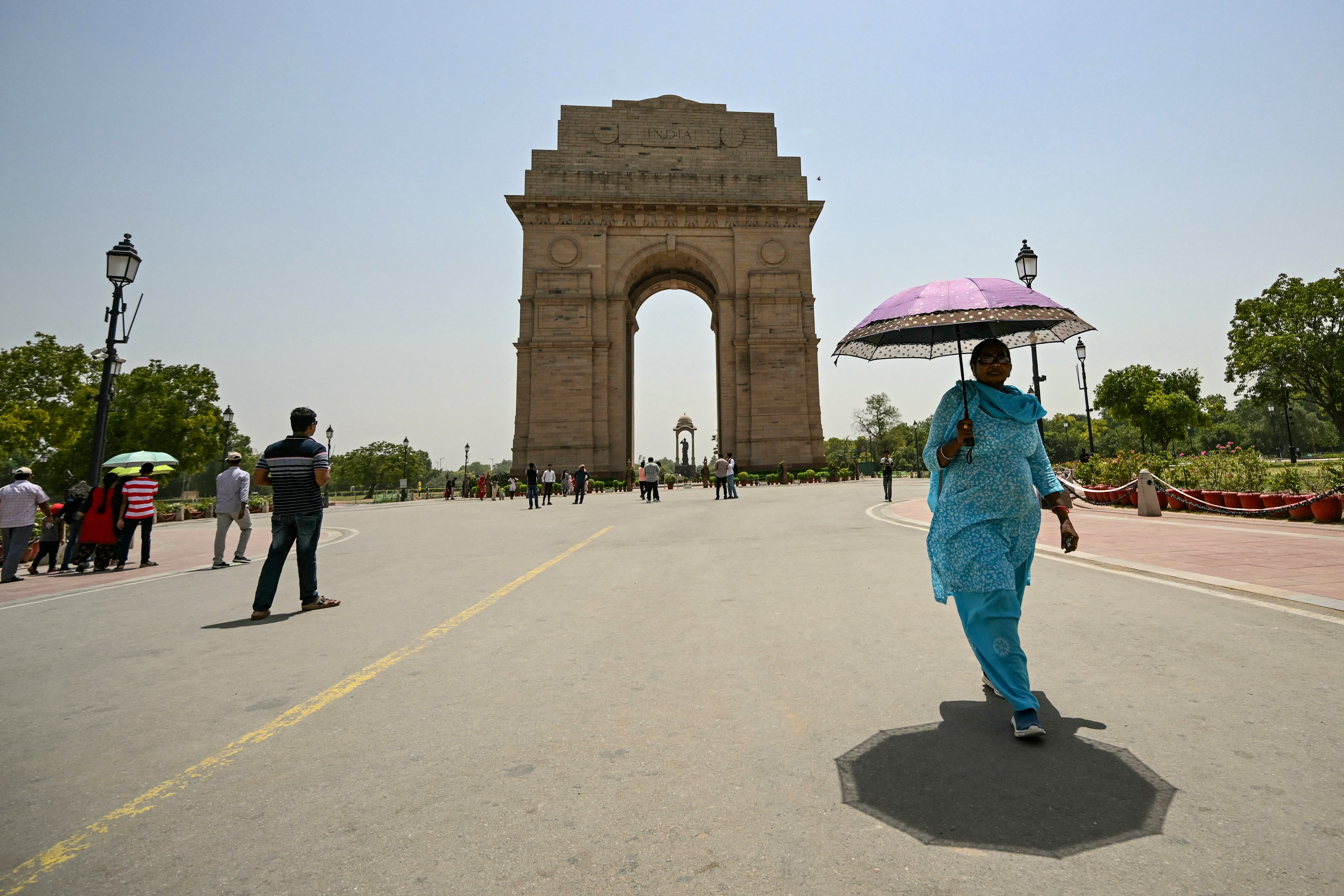
South Asia has been reeling under intense heatwaves this year along with the rest of Asia and the world. The past 12 months have been the planet’s hottest ever recorded.
Although summers have always been gruelling in India with mercury often rising above 40C in northern and central regions, they have grown hotter in recent years.
Climate crisis, caused by burning fossil fuels is making heatwaves hotter and more likely to happen everywhere in the world, according to scientists that study how extreme events are changing.
Scientific studies in India’s heatwave in 2022, 2023 and 2024 have evaluated that human-caused climate crisis was responsible for extreme temperatures.
“Heatwaves are clearly the single largest threat to India’s well being today,” Aarti Khosla, director of Climate Trends, says.
“Temperatures in Delhi and neighbouring National Capital Region (NCR) states since the last two days are proof that the issue is now about survivability, and it’s no longer a problem ‘elsewhere’.”
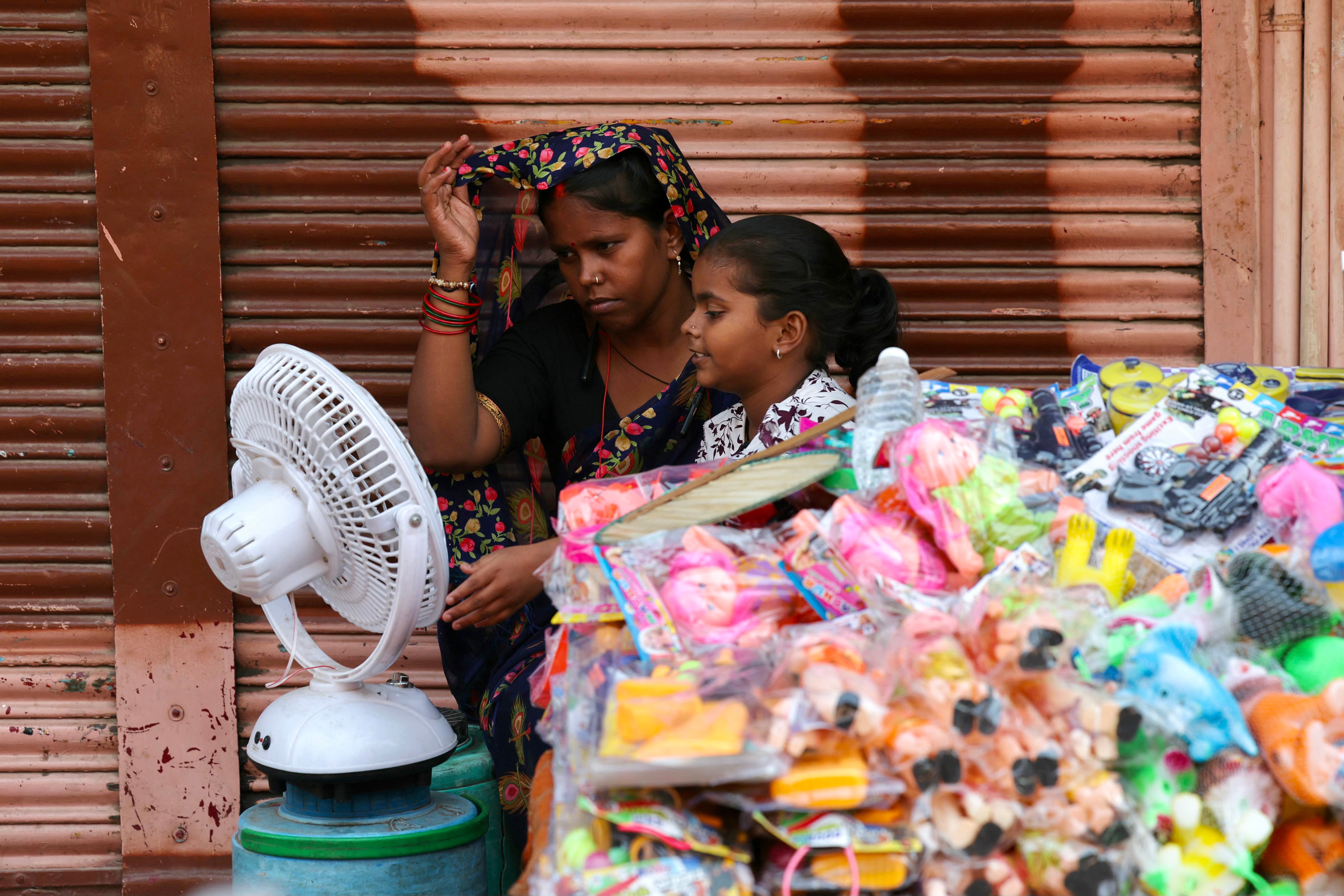
Amid extreme temperatures, an air conditioner triggered a massive fire in an apartment complex in Delhi’s neighbouring Noida city on Thursday.
Several fire incidents have been reported in northern and western India, including a blaze at a children’s hospital in Delhi which killed seven newborns.
This summer, much of northern and western India – including the states of Rajasthan, Punjab, Haryana and Uttar Pradesh that surround Delhi – has been under a “red alert” as temperatures have stayed consistently high above 45C.
A red alert implies a “very high likelihood” of people developing “heat illness and heat stroke”, and calls for “extreme care” for vulnerable people, according to IMD.
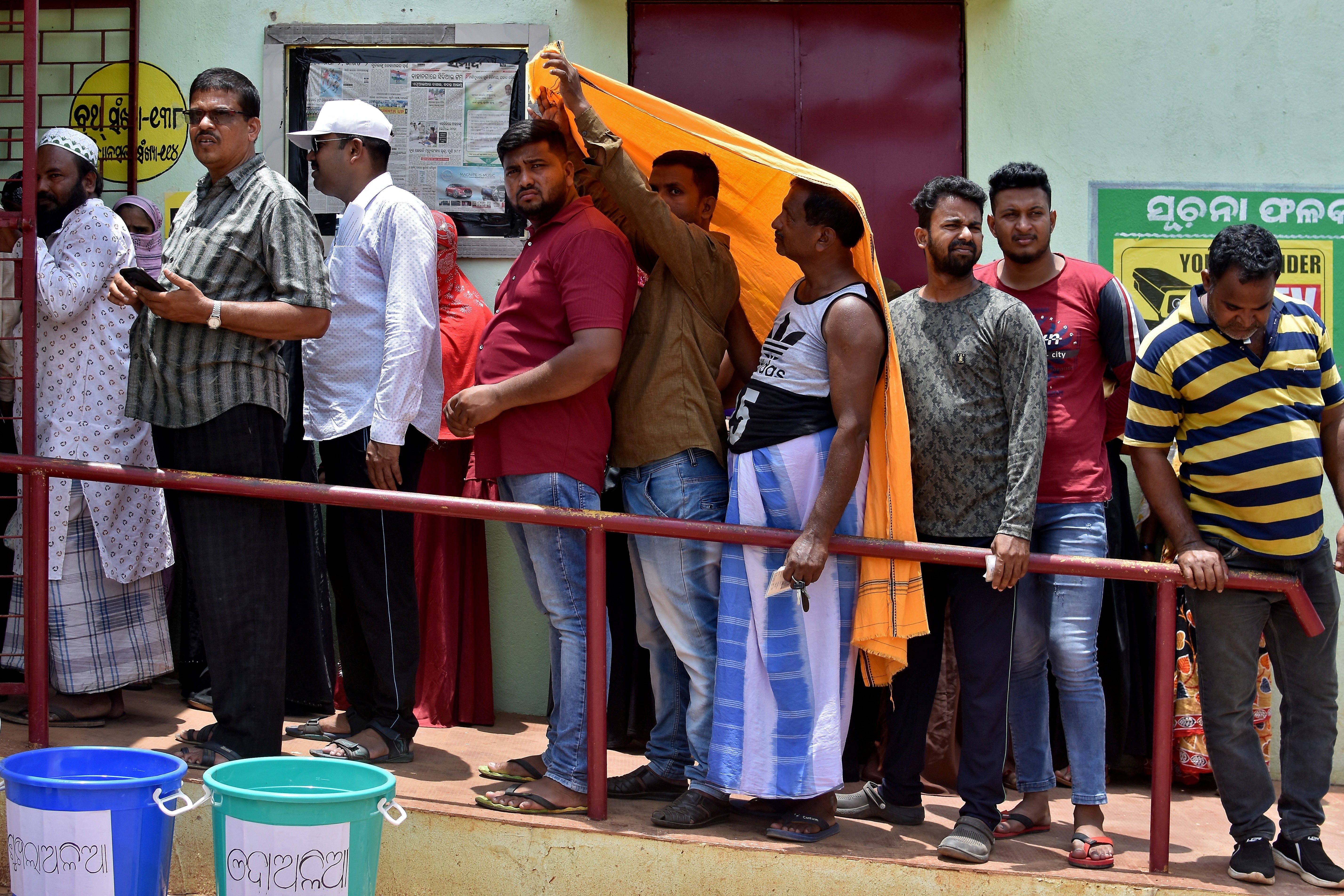
In spite of record temperatures and voters complaining of heat stress, however, India’s election commission has pushed ahead with polling and turnout has slightly dropped compared to the last election five years ago.
The election ends on 1 June after seven phases of polling spread over six weeks. The results are due on 4 June.
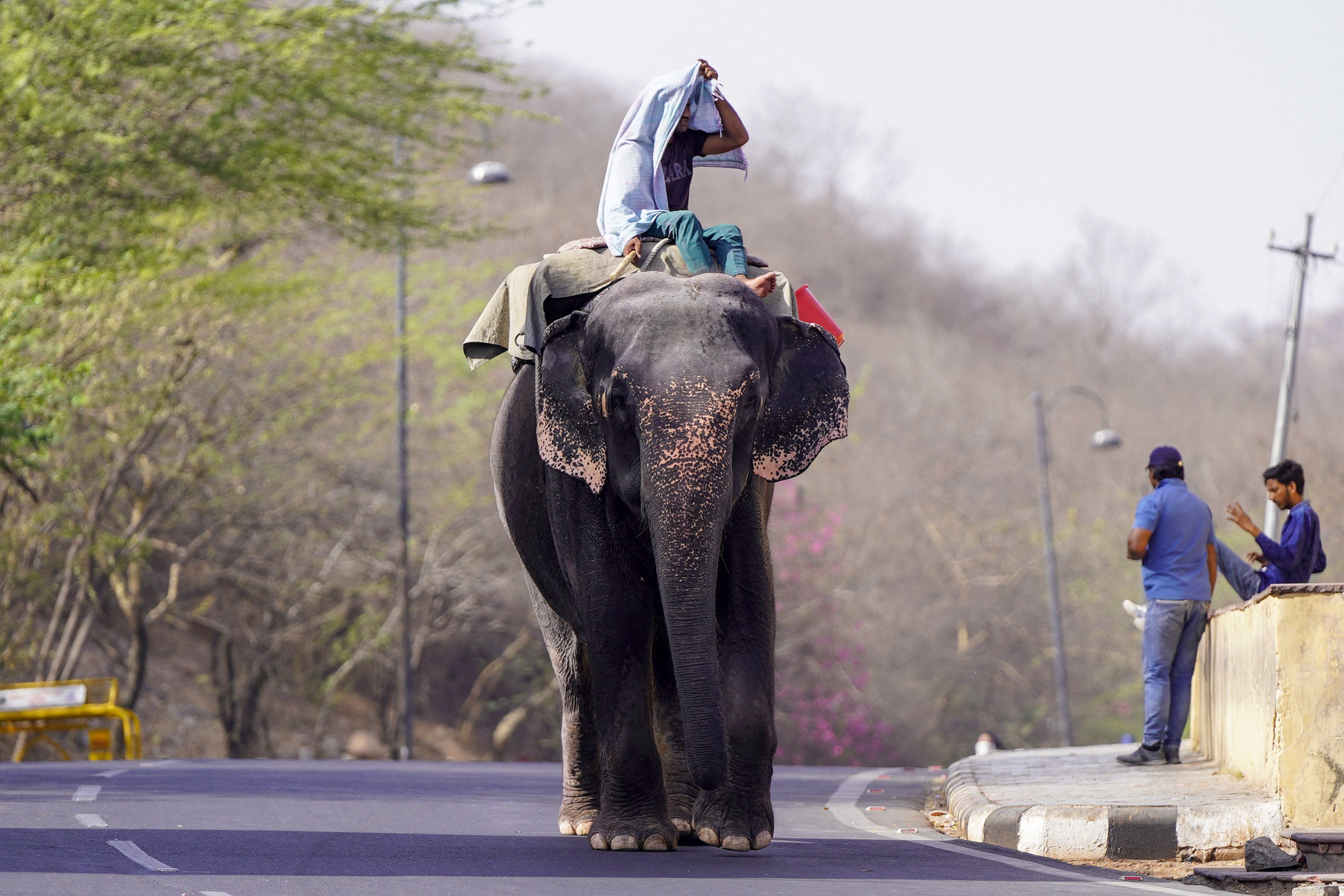
Hot winds flowing in from the desert state of Rajasthan have been blamed for increasing the heat in Delhi in recent days. However, experts pointed out that the capital city’s urban sprawl and lack of green spaces were responsible as well.
“In open areas with vacant land, there is increased radiation. Direct sunlight and lack of shade make these regions exceptionally hot,” Mahesh Palawat, vice president of Meteorology and Climate Change at Skymet Weather, told The Business Standard newspaper.
Night-time temperatures remained as high as 36C in some locations - which is particularly dangerous as it means people cannot cool off at night to fall asleep.
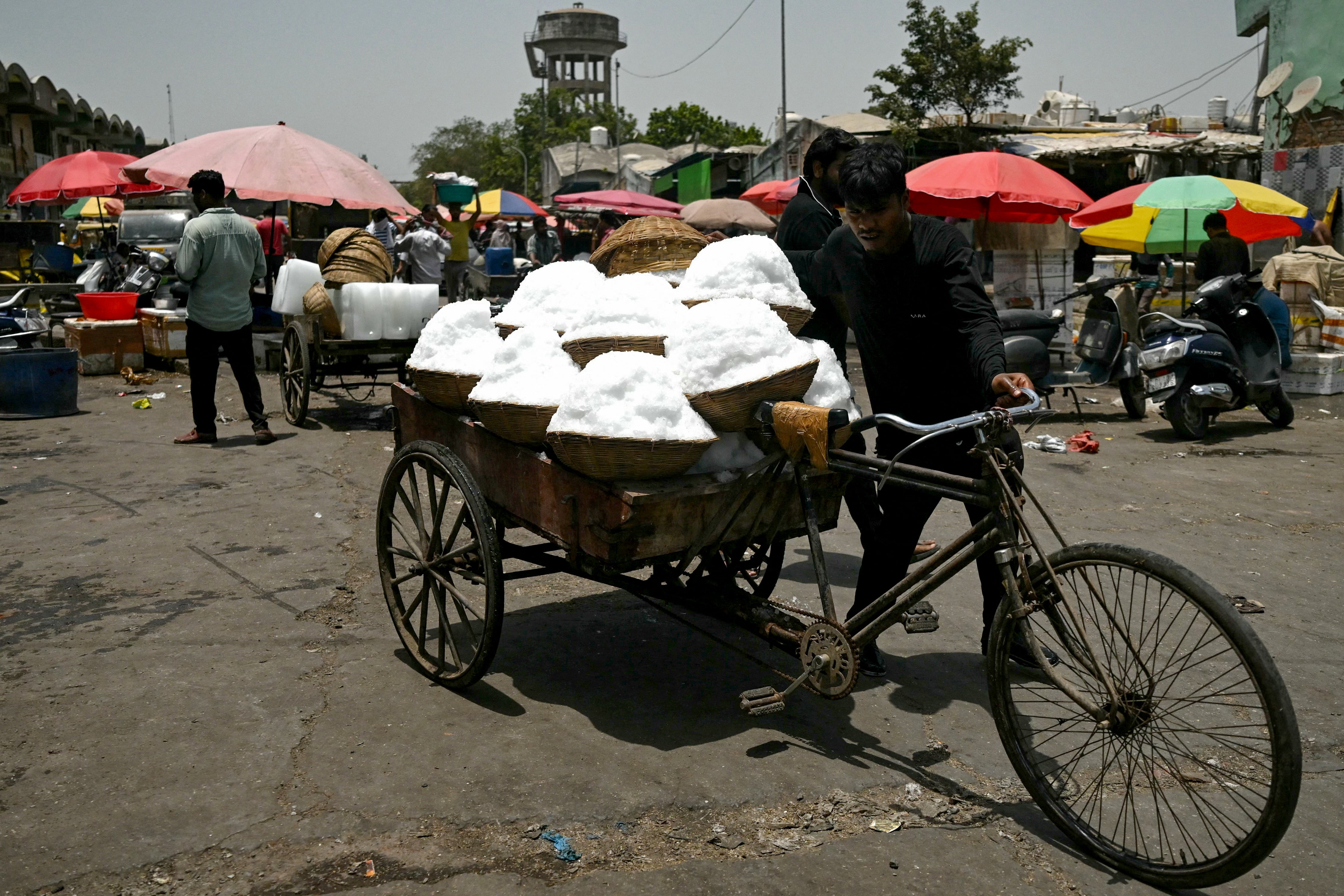
Delhi’s local government also restricted the supply of water because of the heat. It said water levels in the Yamuna River, the main source, were low.
The city does not have uninterrupted water supply at any time but the Delhi government said neighbourhoods that received water for about hours two times a day would be subject to further restrictions.
“I appeal to all the residents that whether there is a water problem in your area or not, please use water very carefully,” water minister Atishi, who uses only one name, said on Tuesday.
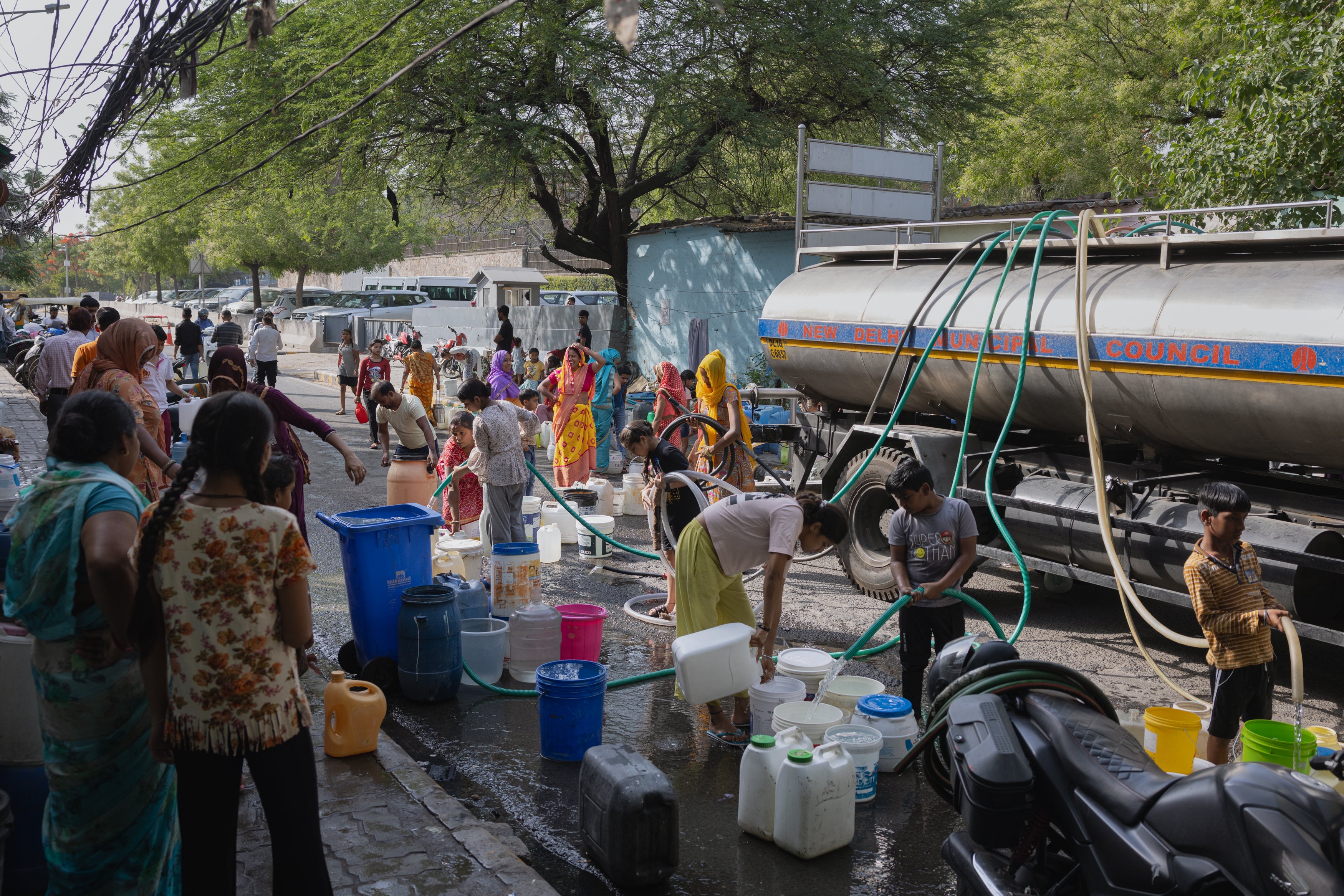
While some Indians can afford to use air conditioners and water coolers to beat the heat, half of the country’s workforce is compelled to work outside with little to not respite throughout the day.
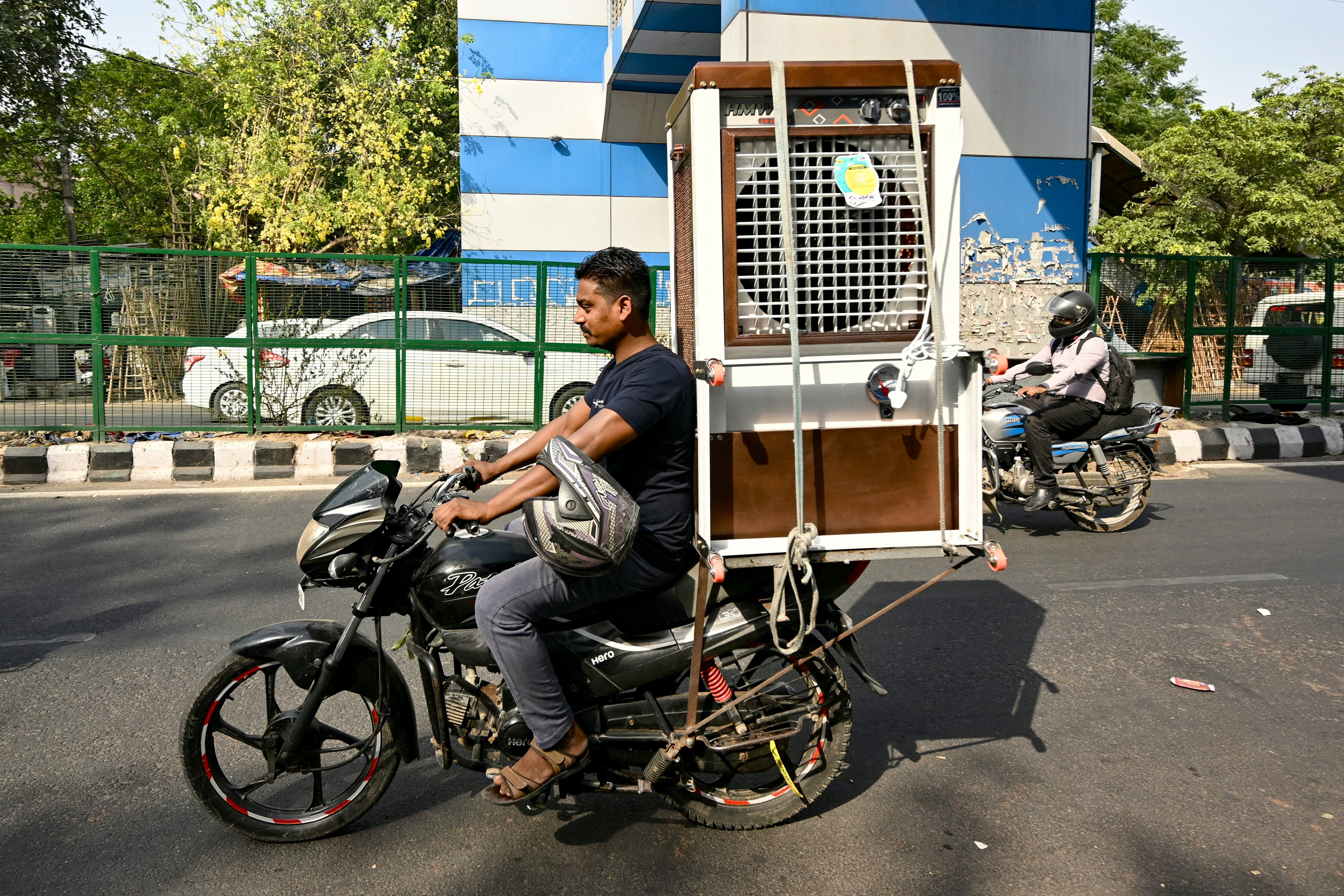
“In this infernal heat, millions of heat-exposed workers without access to cooling will struggle to earn their wages, protect their families and stay safe,” says Aditya Valiathan Pillai, fellow coordinator at Climate Adaptation and Resilience, Sustainable Futures Collaborative.
Mr Pillai said it is crucial for cities like Delhi now to implement heat action plans.
“Of equal importance are long term solutions like trees, changing how buildings are structured and reducing the density of built areas to combat the urban heat island effect.”
Experts say 50C heat can be deadly.India has already recorded over half a dozen deaths due to suspected heat stroke so far, but experts said the actual number could be far higher.
On Wednesday, a 40-year-old man died in a Delhi hospital after he suffered a heatstroke. Doctors said the man was living in a room with no cooler or fan and his body temperature crossed the 107C mark - nearly 10 degrees above normal.
This is the first confirmed heat-stroke death reported in Delhi this summer.
“When the individual is dehydrated, extreme heat exposure will thicken their blood and cause organs to shut down, resulting in death within hours, popularly called ‘heat stroke’,” says professor Vidhya Venugopal, country director at Sri Ram Institute of Higher Education and Research in Chennai.
In spite of all this, the issue of extreme weather and climate crisis have barely featured in the ongoing election campaign.
According to the IPCC, heatwaves that occurred once every 10 years without human-caused warming are now likely to occur 2.8 times more often.
If emissions are not cut much faster than planned, they will become two to three times more common again.
Join our commenting forum
Join thought-provoking conversations, follow other Independent readers and see their replies
Comments